Controlling Pink Fungus In Lawns: Pink Patch And Red Thread In Grass
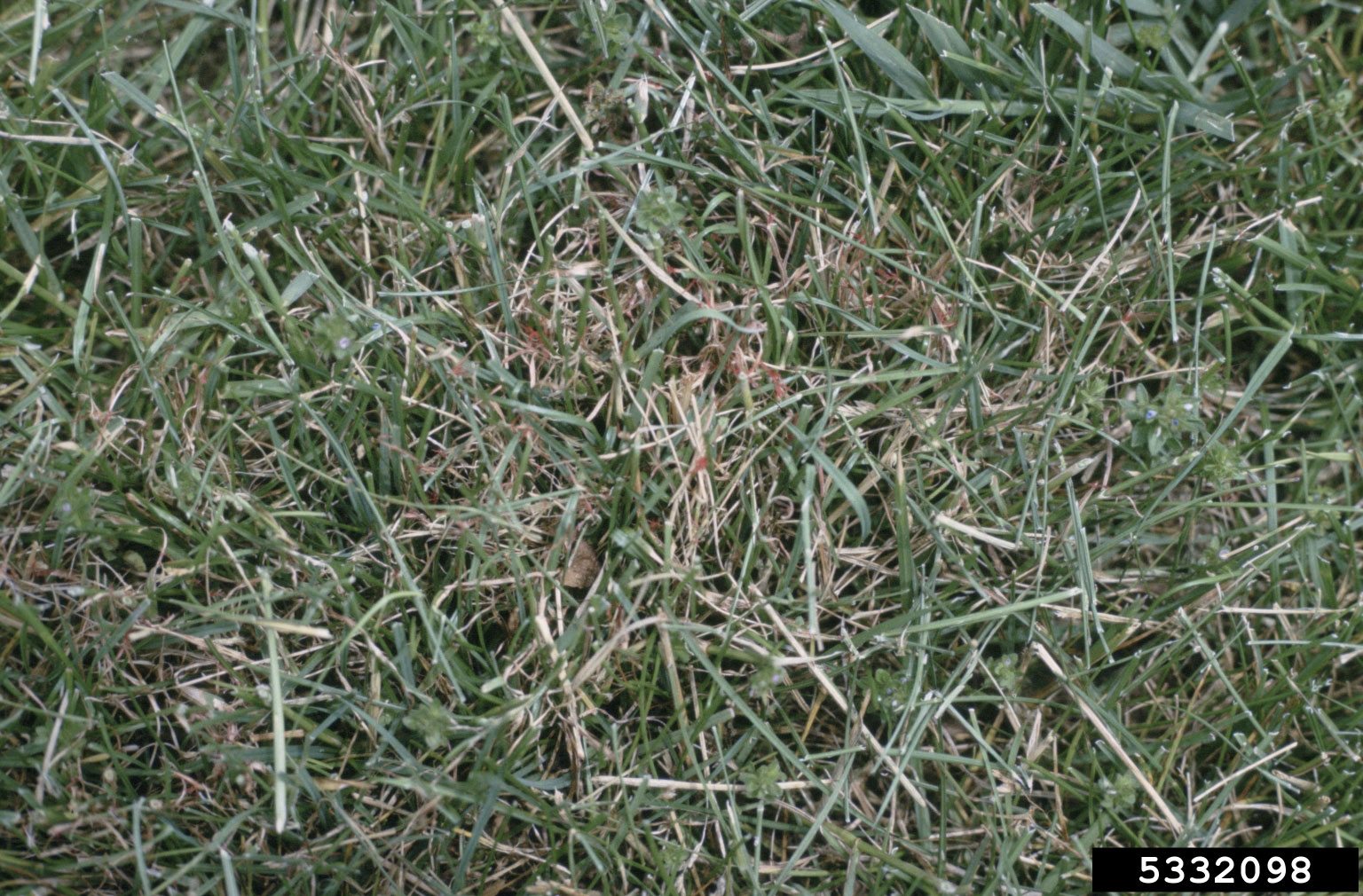

There are all kinds of diseases and pests that can adversely affect your turf grass. Soggy pink stuff in lawns or reddish grass are signs of a common turf disease. The effect is caused by one of two different fungi, which appear under very different conditions. For the most part, the question of how to get rid of pink fungus or red thread in grass is moot as it is caused by climate conditions. Controlling pink fungus on lawns requires cultural management and good quality sod care.
Pink Stuff in Lawns
That pink stuff in lawns is Limonomyces roseipelli, a fungus that produces cotton candy like spores and pink gooey fungal growth. The affected grass blades may turn tan to pink in a circular pattern. The area may be 2 to 4 inches (5-10 cm.) in diameter. Pink patch on grass is a slow growing fungus that doesn't cause much harm. The problem could also be pink snow mold in grass, but this only appears after snow melts. It is also a fungus that survives dry periods as dormant mycelia and then blooms when cool, wet conditions arrive. This problem is less common and easily managed in established lawns that are well thatched.
Red Thread in Grass
Pink patch on grass was once thought to be the same as red thread but it is now known to be a different fungus. Red thread in grass is caused by Laetisaria fuciformis and appears as red strings in among the dying grass blades. The condition arises in drier conditions than the pink patch disease and spreads more quickly with more detrimental results. Spring and fall are the most common periods to see this disease. Since this fungus thrives in moist, cool weather, it is not possible to completely control it, but careful cultivation practices can minimize damage and appearance.
How to Get Rid of Pink Fungus and Red Thread
Healthy vigorous grass is able to withstand minor disease and insect infestations. Before you ever lay sod, make sure the pH is between 6.5 and 7.0. Water infrequently and deeply in the morning so grass blades have time to dry quickly. Let in plenty of light to your lawn area by keeping trees and plants pruned back. Aerate and thatch to improve air circulation and water movement. Fertilize in spring with the proper amount of nitrogen, as both pink patch on grass and red thread thrives in nitrogen poor soils. Controlling pink fungus in lawns and other turf diseases starts with these types of good cultivation practices. Fungicides are rarely necessary except in extreme cases and are not 100% effective in all infections.
Gardening tips, videos, info and more delivered right to your inbox!
Sign up for the Gardening Know How newsletter today and receive a free copy of our e-book "How to Grow Delicious Tomatoes".

Bonnie Grant is a professional landscaper with a Certification in Urban Gardening. She has been gardening and writing for 15 years. A former professional chef, she has a passion for edible landscaping.
-
 My Homemade Orchid Fertilizer Always Brings More Blooms – Here's The Easy Recipe That Transforms Plants
My Homemade Orchid Fertilizer Always Brings More Blooms – Here's The Easy Recipe That Transforms PlantsScientist-turned-gardener Mary Ellen Ellis shares her tried-and-tested DIY orchid fertilizer recipe, plus more ingredients to try for healthy, happy plants.
By Mary Ellen Ellis
-
 Looking For Plants To Give You The Soft And Fuzzies? Try These 5 Fuzzy Leaf Plant Options
Looking For Plants To Give You The Soft And Fuzzies? Try These 5 Fuzzy Leaf Plant OptionsLovers of texture, drama, silver foliage and tactile plants will adore these special sensory garden additions. These fuzzy leaf plant options will leave you all aglow
By Susan Albert
-
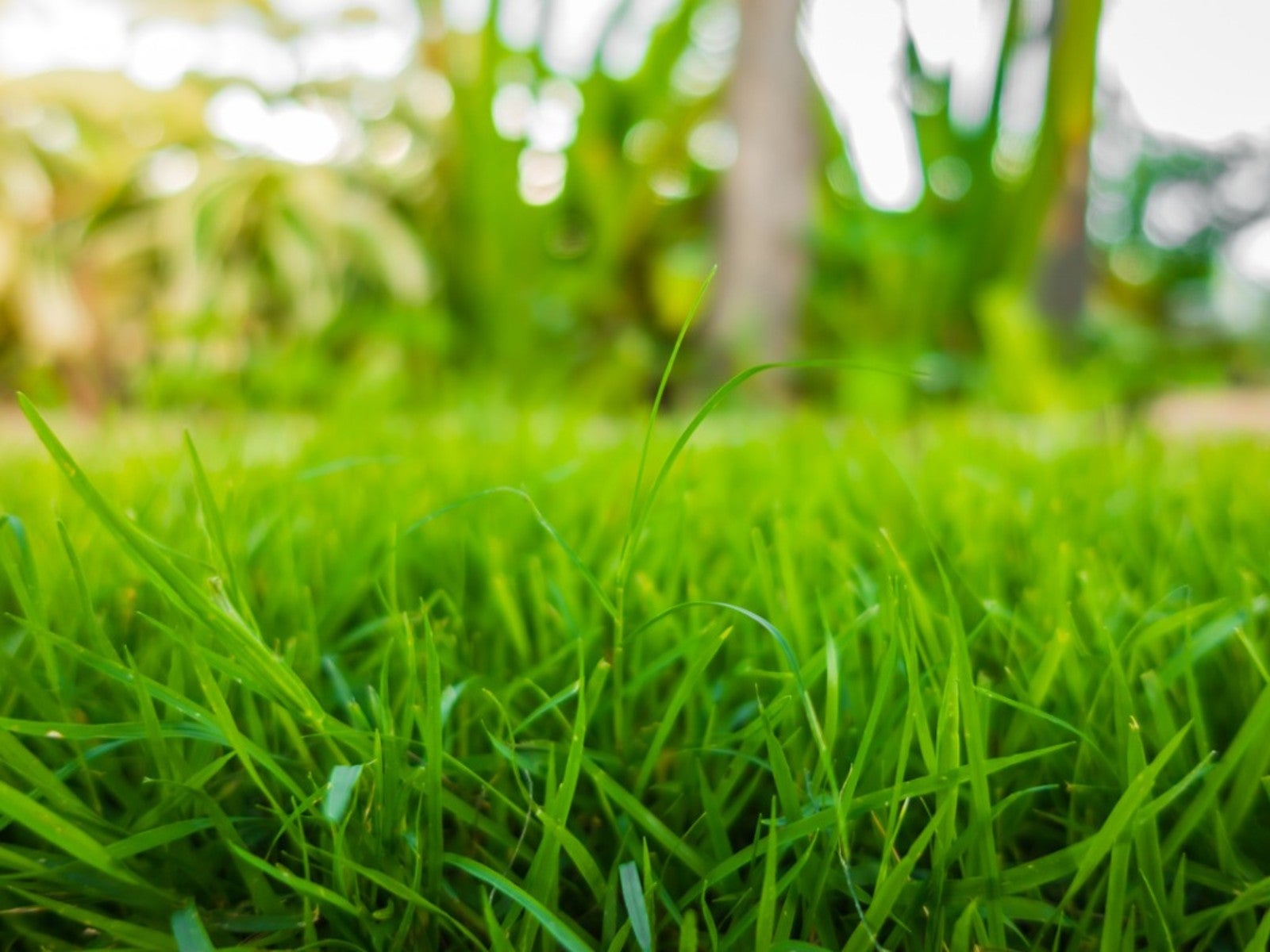 Sustainable Turf Species For A Greener Lawn
Sustainable Turf Species For A Greener LawnClick here for some of the most sustainable types of turf grass you can grow for an eco-friendly lawn.
By Bonnie L. Grant
-
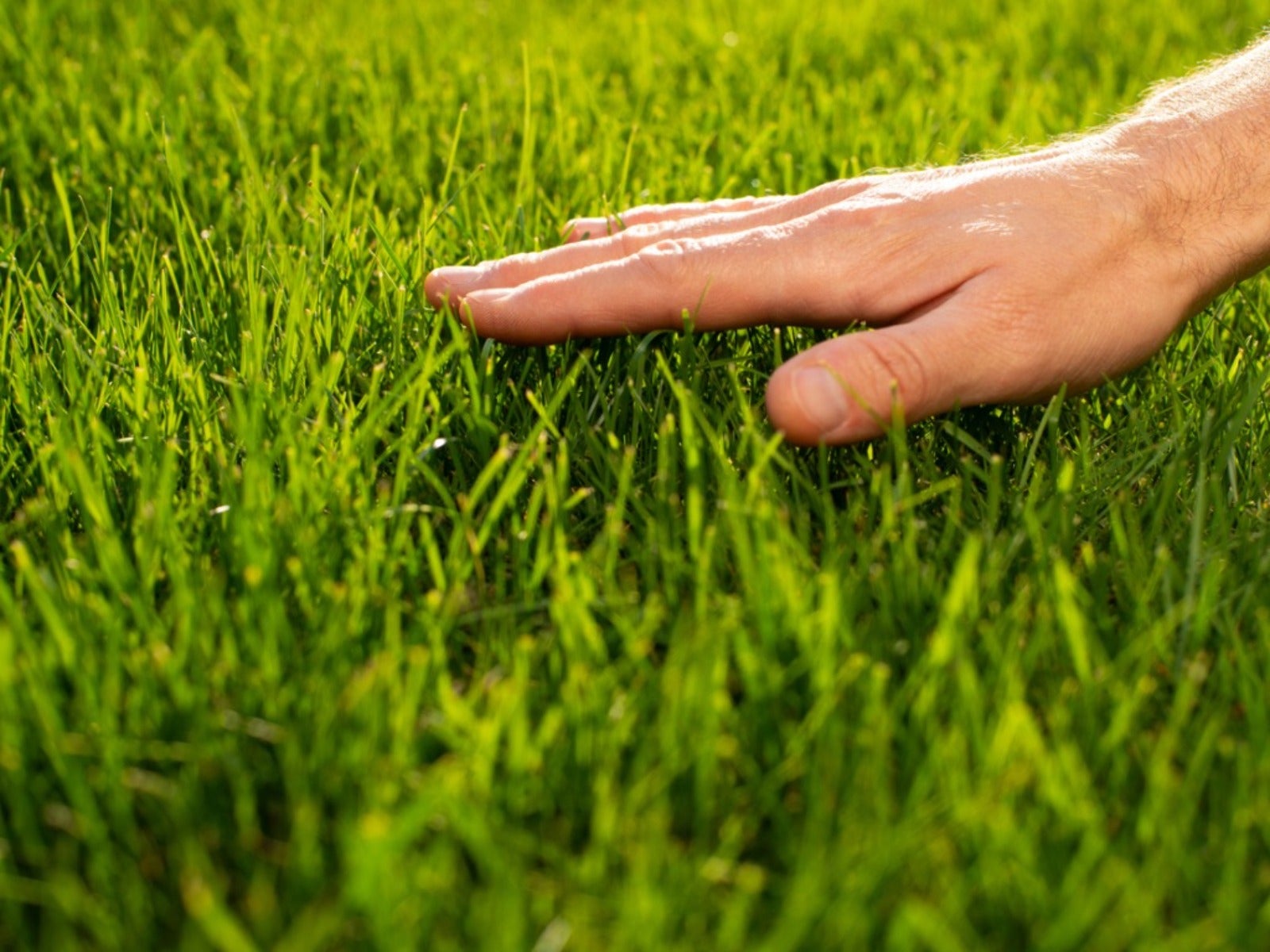 How To Grow A Sustainable Lawn
How To Grow A Sustainable LawnAdjust your thinking about a perfect green lawn and consider more sustainable methods. Click here to learn how.
By Mary Ellen Ellis
-
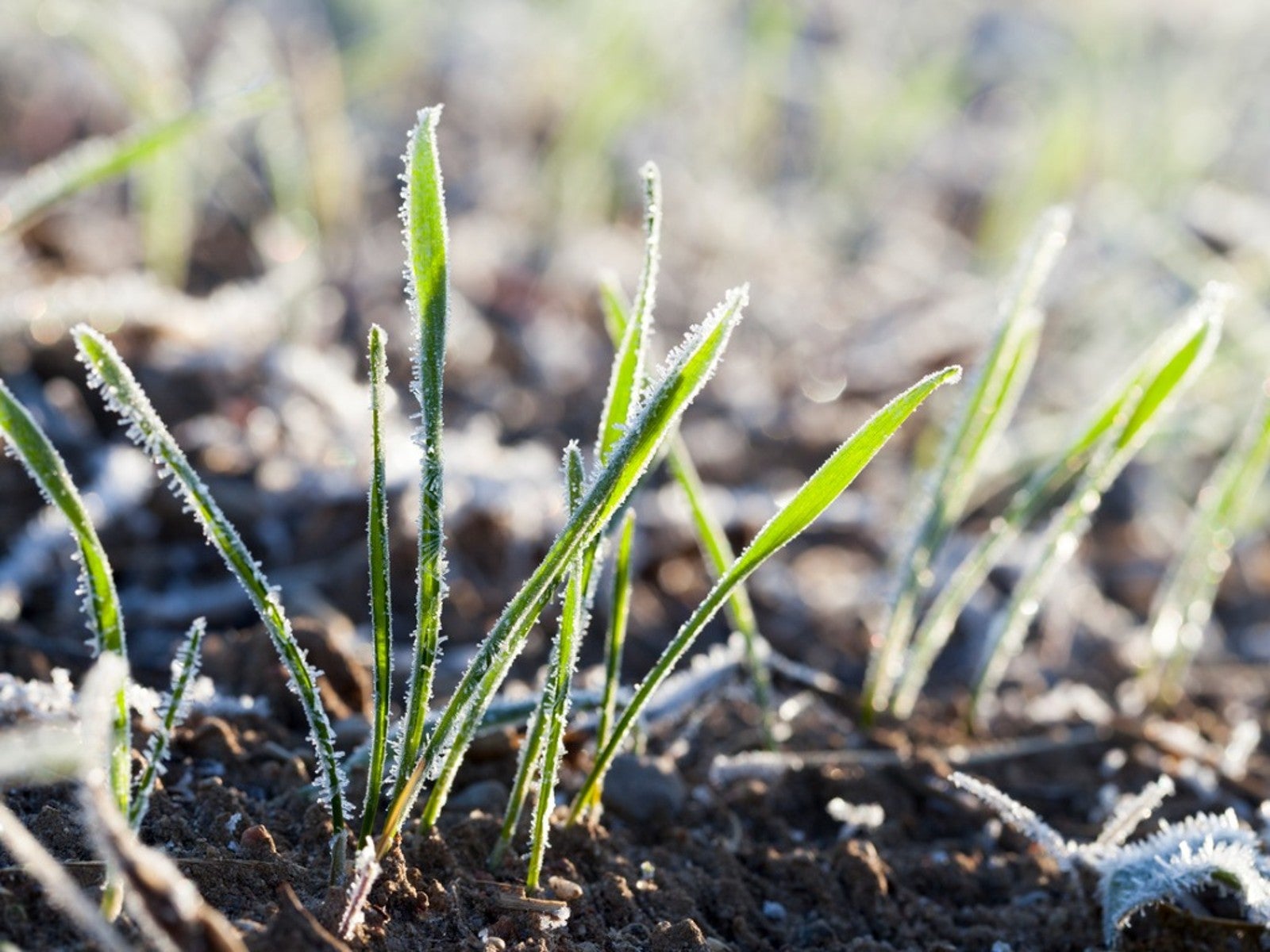 Will Frost Kill Grass Seed And How To Help New Turf Survive
Will Frost Kill Grass Seed And How To Help New Turf SurviveLearn how to help your newly sown grass survive frost and freezing weather.
By Amy Grant
-
 Lawn Problems That Aren’t Really Problems
Lawn Problems That Aren’t Really ProblemsYour lawn may not require as much work as you think. Learn which common problems aren’t really problems.
By Teo Spengler
-
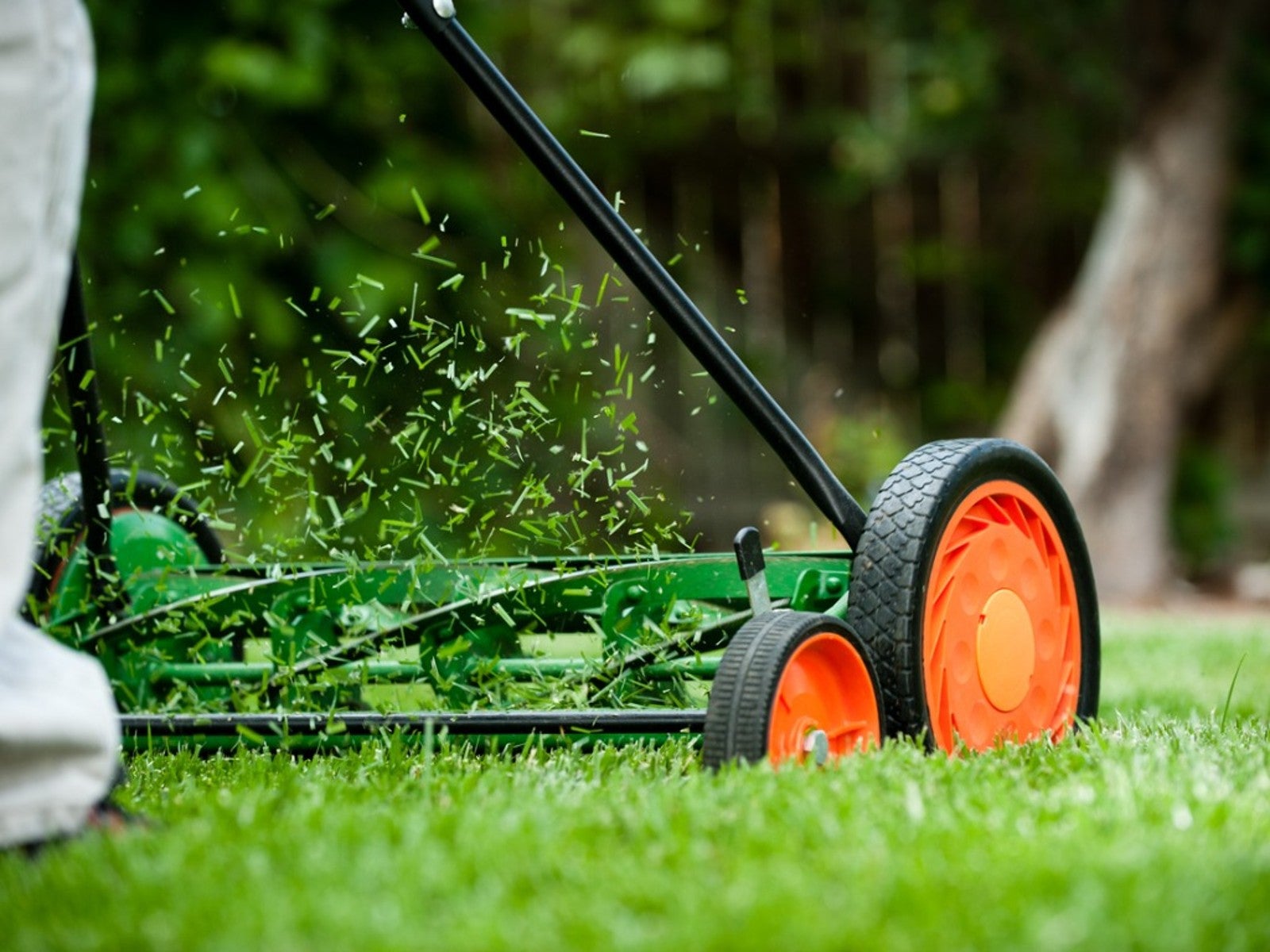 Why A Manual Push Mower Is Good For You And The Environment
Why A Manual Push Mower Is Good For You And The EnvironmentReel mowers are making a comeback, but why? Click here to learn about reel mower pros and cons.
By Amy Grant
-
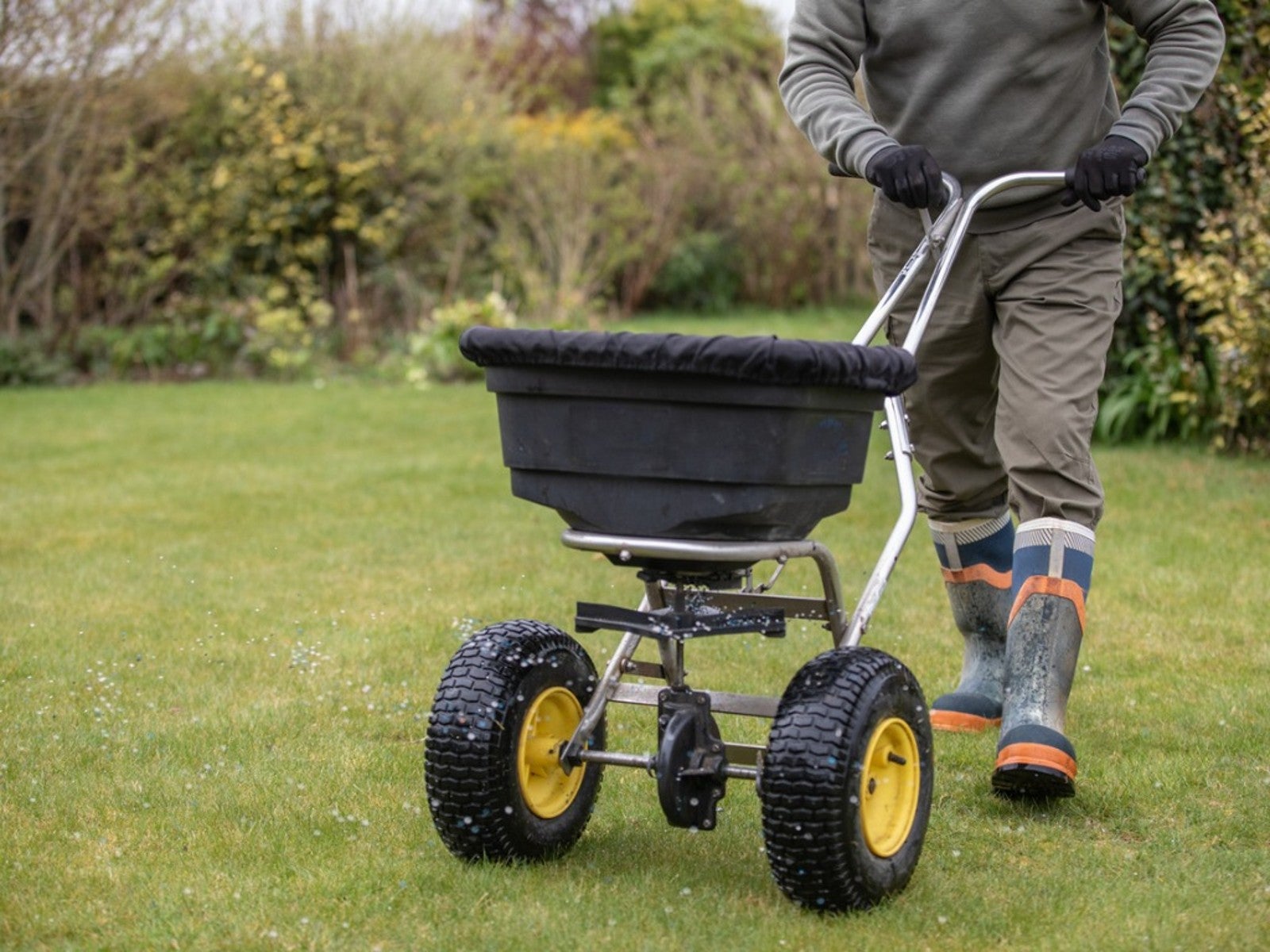 Fertilize Grass In Fall For A Lush Lawn In Spring
Fertilize Grass In Fall For A Lush Lawn In SpringFor everything you need to know about fertilizing your lawn in the fall, click here.
By Susan Albert
-
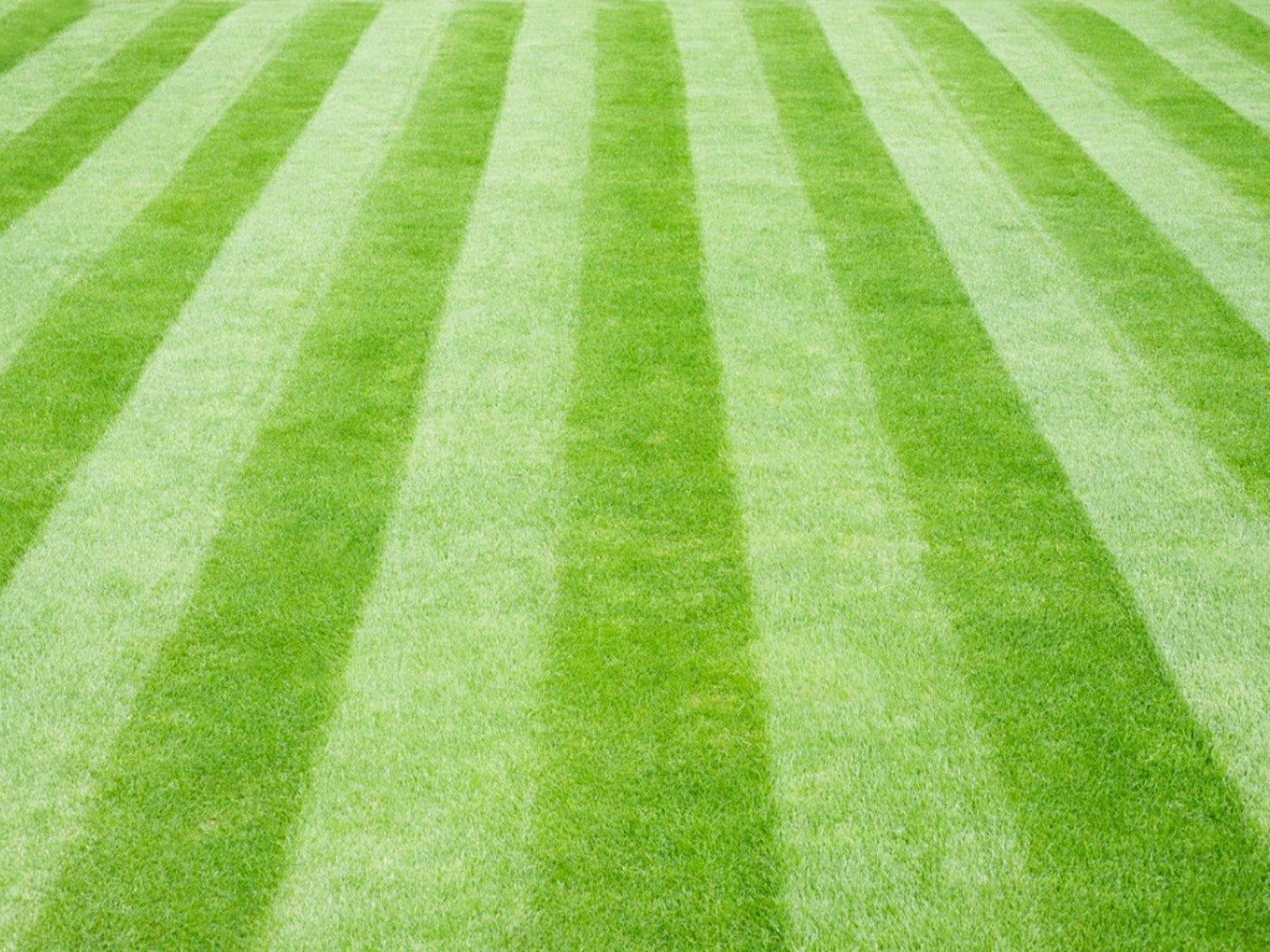 Tips For Mowing Stripes In Lawn
Tips For Mowing Stripes In LawnWouldn’t it be great to have stripes in your lawn like a sports field? Learn how here.
By Susan Albert
-
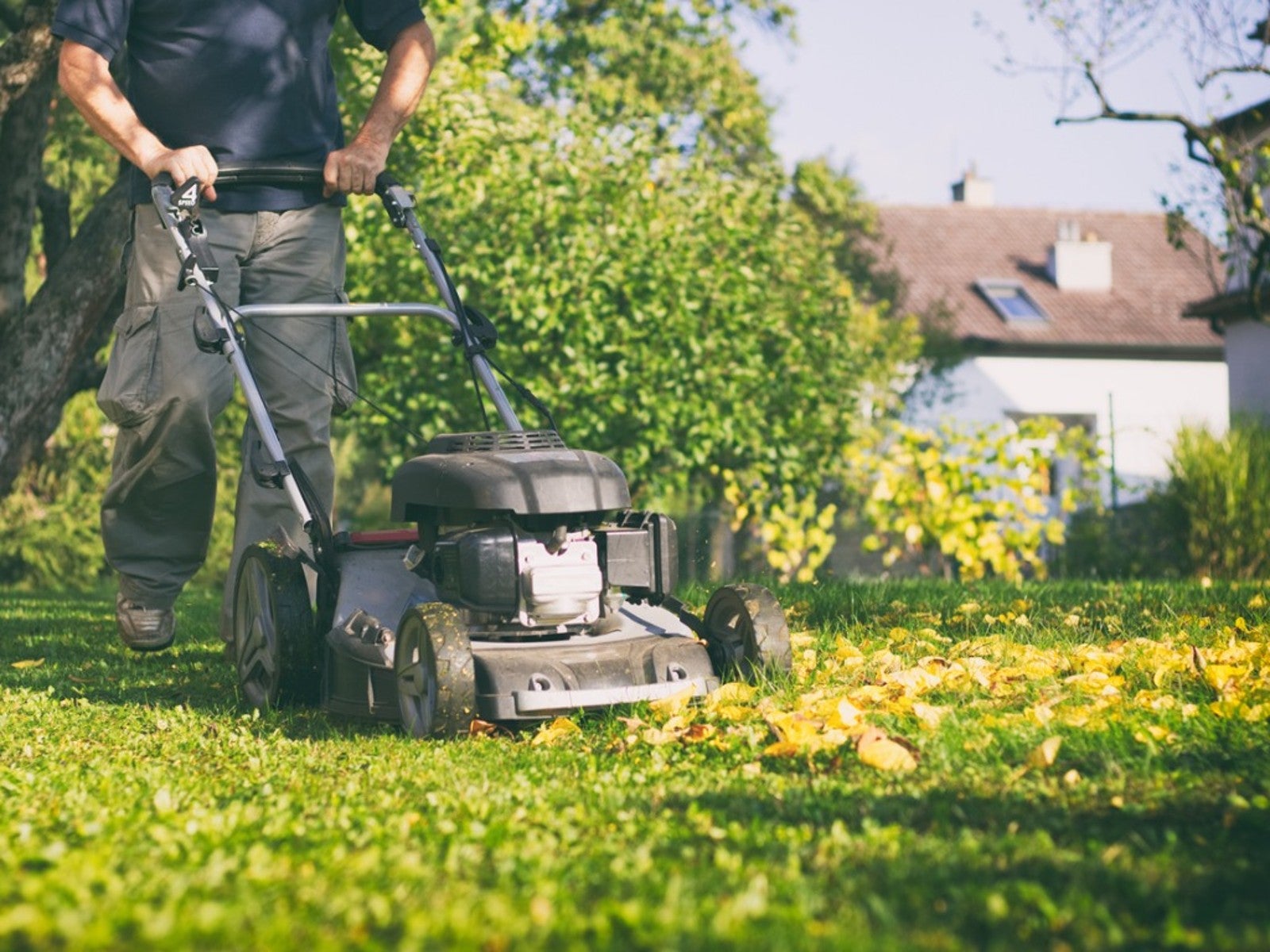 Late Summer Lawn Care Checklist
Late Summer Lawn Care ChecklistPlan to do some late summer care and maintenance of your lawn so it will be healthy and beautiful in the spring. Here are some tips.
By Laura Miller